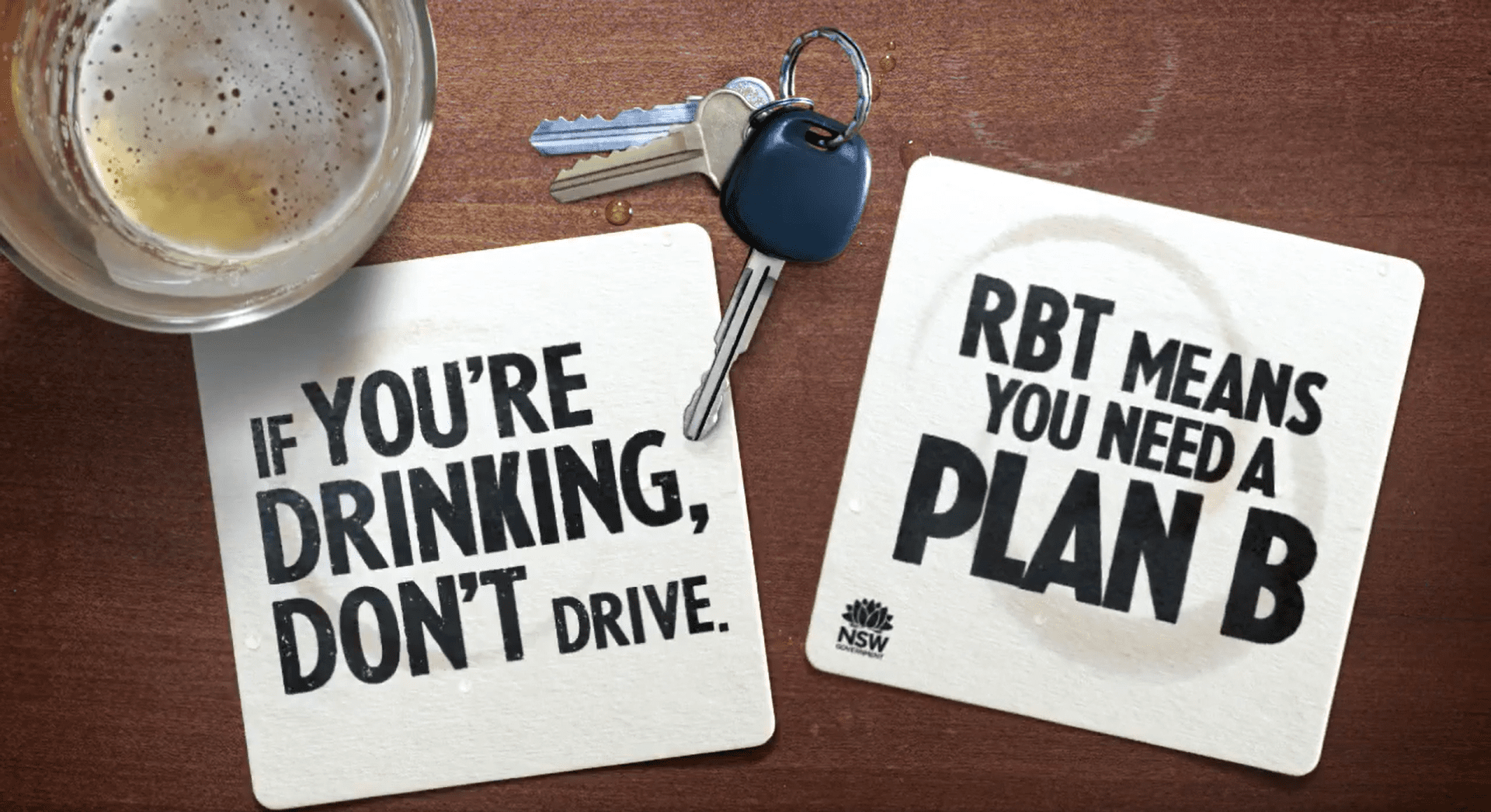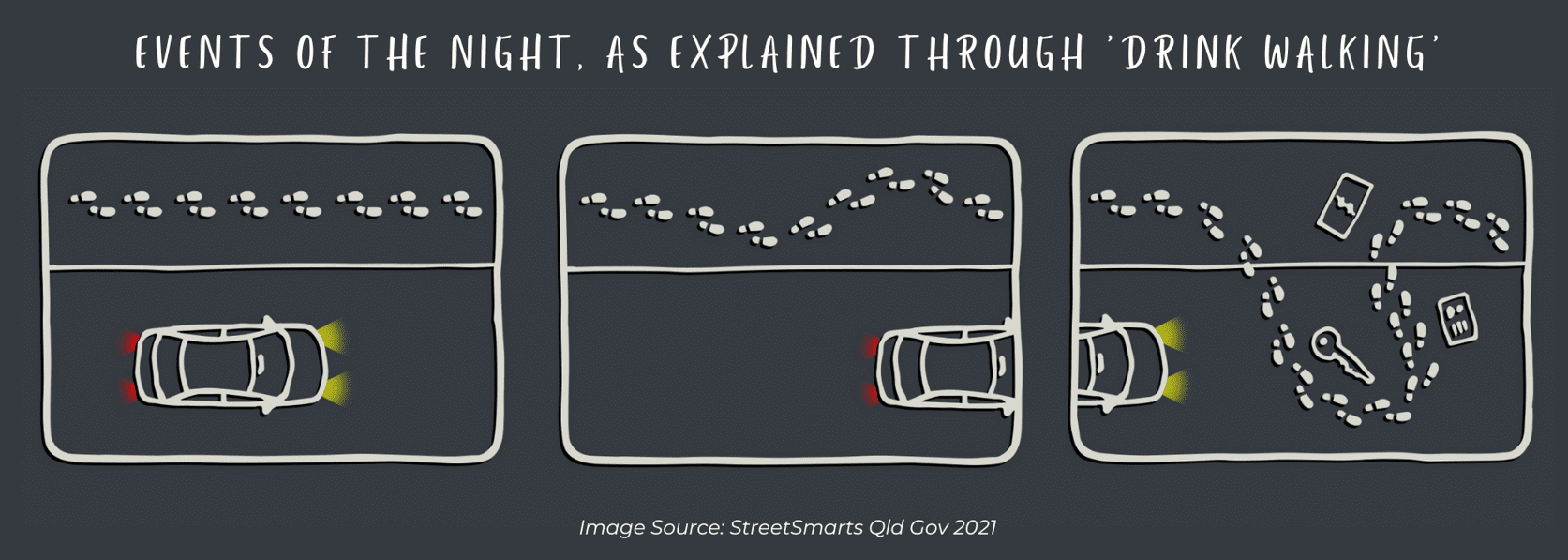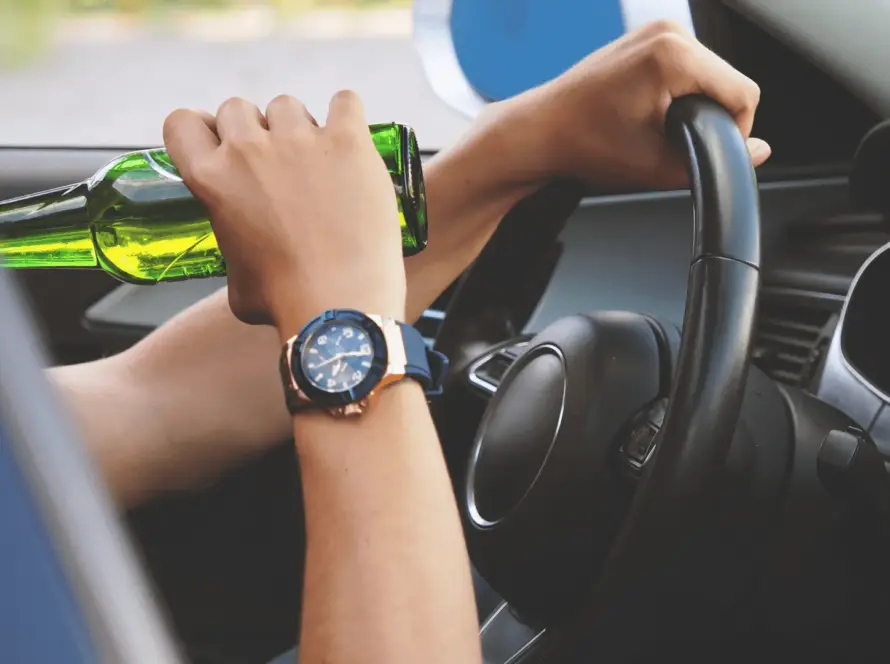2 minute read
You’re sitting at the pub and you place your drink on a coaster. It reads the infamous road safety slogan: RBT means you need a Plan B. Shots and rounds later you put your keys in your pocket and say bye to your mates, before deciding to ditch the Uber and take a stroll instead. Tonight, it’s Plan W – you’re walking home under the influence.

Image Source: NSW Gov
The scenario above may seem safer than getting into a car inebriated, but did you know walking under the influence can be just as deadly?
The Issue
Unprotected road users make up 46% of the total global percentage of road fatalities and can include pedestrians, cyclists, motorcyclists and the like. Despite travelling relatively lower distances than other road users, pedestrians make up 22% of global and 13% of Australian road fatalities.1,2
Between 2015 to 2019, approximately one in every six people killed on the road in Australia was a pedestrian, and in the year ending July 2022, 144 pedestrians were killed on national roads.3
While the factors surrounding such deaths can vary, numerous road fatalities can be attributed to alcohol intoxication – not only by a driver but also by the individual walking. With crashes involving fatality peaking between 6pm to 9pm on weekdays, and 12am to 3am on weekends, it’s easy to see how there may be a correlation between social drinking and pedestrian death or serious injury.4
How does alcohol affect pedestrians?
As is the case for drivers, alcohol can affect a pedestrian’s ability to “safely negotiate roads and traffic.” It can affect one’s muscle coordination, vision, speech, cognition, judgment and decision-making and result in deadly mistakes such as:
- Stepping into oncoming traffic (delayed reaction time or misjudging distance and speed)
- Swaying or falling over while walking (loss of muscle coordination, vision and impaired reflexes)
- Walking, running, sitting or sleeping on the road (increased risk-taking behaviour)
In action this can look something like this:

What to do if your mate is planning to Drink Walk?
Filming your friend drink walking ahead of you might seem funny at the time, but pedestrian collisions can occur even during the shortest of walks. If you are walking with a highly intoxicated friend or are trying to sober them up before the night ends, try some of the following:
- Stay with them – Make sure they don’t wander off
- Slow down their drinking – Offer them food or non-alcoholic beverages
- Stick them in the recovery position – If they are asking to lie down, remember to lay them on their side and place something behind their back to avoid rolling over and choking
- Supervise their home trip – Dissuade them from walking home by suggesting an Uber or Taxi or getting a sober friend to drive them home. If you plan on taking public transport, remember to keep an eye out at crossings and sidewalks while walking.
While it’s great to have a backup plan when it comes to arranging your trip home, always remember the following:
- Avoid driving, cycling or walking yourself home
- Public intoxication is an offence in certain areas
- Uber and Taxi drivers may refuse to offer their services to unruly or drunk passengers
- Have you thought about your default Plan B recently?
–
To find out more about our programs click HERE.
Take the Pledge to Road Safety | Subscribe to our monthly Newsletter ‘Road Matters’ | Listen to the ‘Behind the Road Toll’ Podcast
Get involved in the conversation and follow us on:


